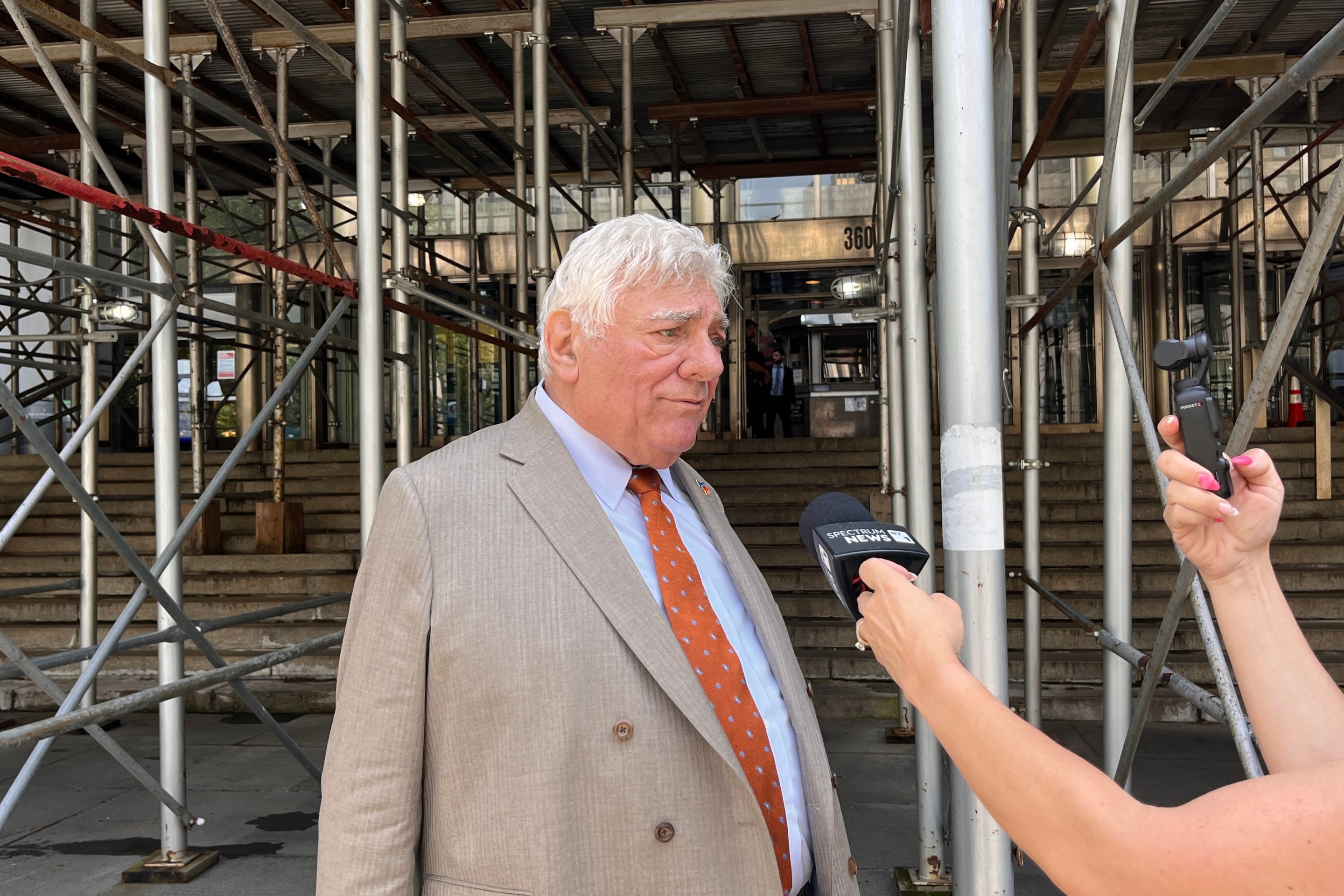Today is the deadline for state DOTs to allocate at least half of the transportation money they received under the economic stimulus law, and Smart Growth America marked the occasion with a study of what types of projects are getting that cash.
 North Carolina spent $5.7 million in stimulus cash repaving I-540, pictured above, along with $4.4 million on bike-ped in the same county. Photo: Triangle Biz Journal
North Carolina spent $5.7 million in stimulus cash repaving I-540, pictured above, along with $4.4 million on bike-ped in the same county. Photo: Triangle Biz JournalDistressingly -- but unsurprisingly -- quite a lot is going to new roads rather than repair of existing ones. Of the $26.6 billion sent to states under a flexible transportation mandate, SGA found that $6.6 billion has gone towards building new highway capacity.
Only $185 million of the flexible stimulus aid has been used on transit and non-motorized transportation, which was given about $8 billion in separate funding as well.
One culprit behind this questionable use of taxpayer money, as SGA reports, is a theme at risk of repeating itself during the upcoming debate over broad transportation reform: the lack of accountability.
Most states and localities reported the projects they selected for stimulus aid only after the fact, allowing a privately run website to monitor the process much faster than the Obama administration.
But inconsistent reporting is just the beginning of the problem, as SGA points out in its report:
Most states failed to educate, engage, and seek input from the public before making decisions. ... There is not a clear articulation of what project portfolios should accomplish, no methods identified for evaluating projects against these goals or against one another, and few repercussions for achieving or failing to achieve these goals.
SGA mined the stimulus itself, as well as comments by administration
officials, to produce a list of nine goals that can be used to evaluate
its transportation spending. But the lack of tangible consequences for
not meeting those goals has left states free to spend at will, often
focusing more on the report's No. 1 objective ("create and save jobs")
than Nos. 5 ("improve public transportation"), 7 ("cut greenhouse gas
emissions"), and 8 ("not contribute to additional sprawl").
Like the stimulus law, the House transportation bill introduced earlier this month by Rep. Jim Oberstar (D-MN) outlines broad goals rather than specific performance targets for projects -- leaving the latter to be drafted by individual states. Rep. Russ Carnahan (D-MO), by contrast, has offered a bill that would set hard targets for national policy.
It's easy to see how the lack of unified standards to govern project choice could leave smarter states, such as Delaware and Iowa, using more than 90 percent of their stimulus money on repair of existing roads, while Arkansas, Kansas, and Kentucky spend more than 80 percent of their aid on new roads.
Will the Obama administration learn from its stimulus experience and move to set stronger priorities for future transportation spending? If its rush to demonstrate an economic turnaround is any guide -- not to mention the lack of support for a "fix-it-first" requirement in the stimulus -- the answer is, not without serious public pressure.





